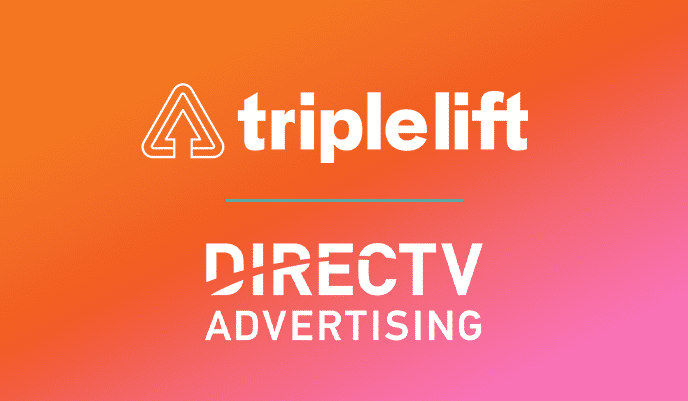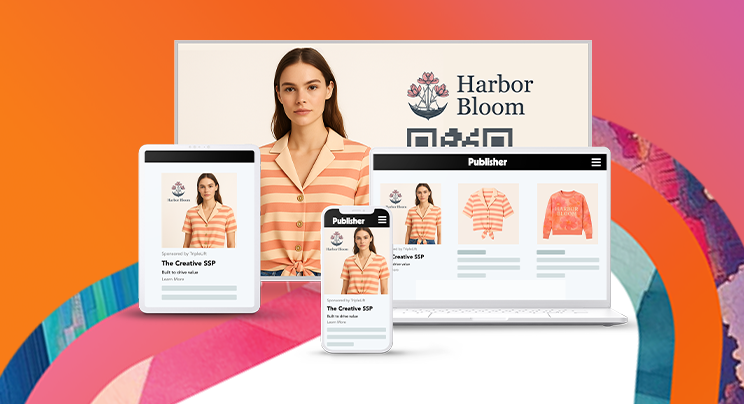The Rise of CTVs in Advertising
Connected TV is the new golden child of the advertising industry. According to Nielsen, consumers streamed 15 million years of content in 2021. In 2022, streaming viewerships surpassed cable TV for the first time. And, thanks to the 200-plus streaming services available, the competition for viewers’ time and attention is fierce.
The growing pool of streaming choices has led services feeling the pressure. How can they meet stakeholders’ revenue expectations while providing a premium viewing experience? The answer for Netflix, Disney+, and others is providing ad-supported subscription options.
The challenge: introducing ads while maintaining the quality of content that brought viewers to these platforms in the first place. Enter in-show advertising.
In-Show Advertising
In-Show Advertising [in-shoh ad-ver-tahy-zing]
Noun
- An ad inserted into a show’s scene within the CTV environment by wrapping, overlaying, or integrating into the content is executed programmatically and rendered on an impression basis.
See also: Split Screen, Dynamic Overlay, Brand, and Product Insertion.
In-Show Solutions: Integrated Ad Experiences
In-show solutions offer a new way for advertisers to reach audiences at scale and for publishers to increase revenue while ensuring viewers enjoy a premium experience with limited disruption.
In-show solutions are scalable, repeatable, and measurable compared to traditional product placement, making them even more attractive to buyers. And new technology ensures placements are always complementary to the production value of the content in which they’re viewed.
Let’s take a closer look at the variety of TripleLift In-Show formats:
- Split screen: The show is on one side and the advertising on another, thus, splitting the screen.
- Dynamic overlay: An ad is displayed in the lower third of the screen and disappears after a few seconds, overlapping the broadcast video.
- Brand insertion: Products or services featured in a video.
- Product insertion: A brand’s product is digitally featured in a video—product placement 2.0.
In-show advertising is relatively new but expected to grow exponentially over the next few quarters. This section will present TripleLift’s roadmap to a successful in-show campaign.
Anatomy of In-Show Ads Placement: the Winning Formula
A successful in-show placement requires careful consideration of five interdependent factors detailed below.
Timing
They say, “timing is everything.” This is especially the case with in-show advertising. The time consumers spend watching ads directly relates to audience satisfaction and interest in the show. The average linear commercial load can be between 14-18 minutes an hour, or roughly 25% of the viewers’ content experience.
However, with Connected TV (CTV), there are ways to monetize content with fewer interruptions. How many integrations included in a show should be consistent with the viewer’s attitude toward the content. Understanding a commercial’s role will determine when to consider deployment for these ad types.
Continuity
Continuity is essential to in-show advertising; every piece the audience sees is part of a larger puzzle. Ultimately, an in-show integration should maintain consistency within a scene, regardless of camera angles. So, when selecting placements, TripleLift uses technology and human verification to consider how possible it is to maintain the presence of the brand or product insertion from all angles to ensure continuity and a great user experience.
Creative
In-show advertising is one of the most promising use cases of visual effects. In a Biometric Study with MediaScience, TripleLift found viewers gave 3.6 times more visual attention to areas of a screen when integration was present than without. With all that attention, those ads need to look good.
It pays to put in a little extra effort for split screen and dynamic overlay placements before launch. Crafting unique and appealing creative templates that are scalable across different shows allows creative services to focus on brand guidelines that fit appropriately within the specific placement. When done with the user experience, brands, and publishers in mind, In-Show placements are powerful and scalable.
Suitability
For an in-show ad to succeed, careful consideration of brand suitability is essential. Further, new data points are becoming more prominent to attract advertisers.
Contextual alignment unlocks another detailed layer of data to ensure a more reliable placement within the content. This provides more informed decisions on all sides of a transaction.
Context
When determining the effectiveness of placing an in-show ad on a show or episode, the context includes quantitative and qualitative data that are measurable and illustrative for supply and demand decisions. The contextual information passed in publishers’ metadata provides information about the larger content and series, annotated by the content owner. For example, sentiment analysis occurs during post-production and uses technology to enrich the contextual data by determining the emotional elements within each scene. Previously unavailable to buyers, these data points collectively give In-Show placements more reliability about a unique time and space within the content.
Learn more about our innovative post-production CTV solution.




